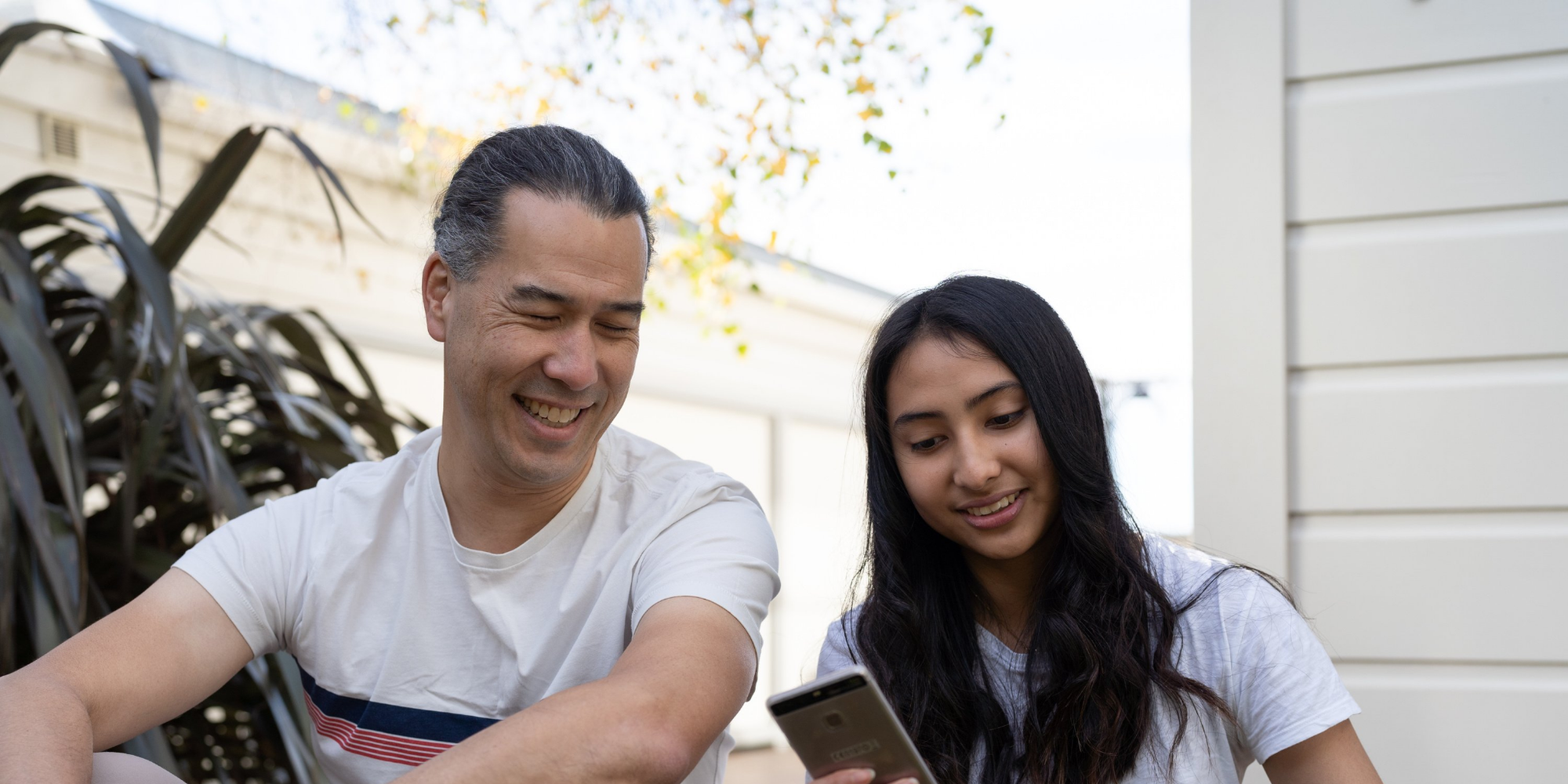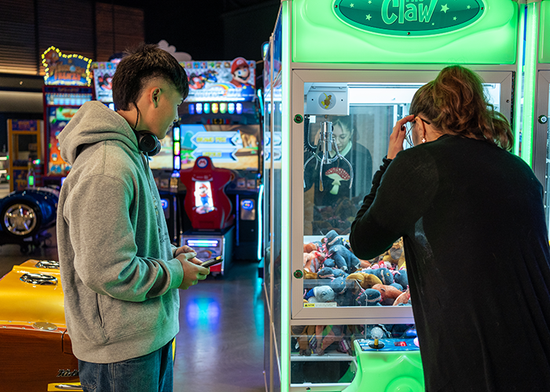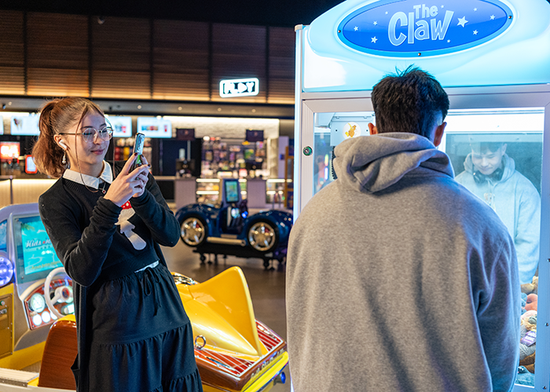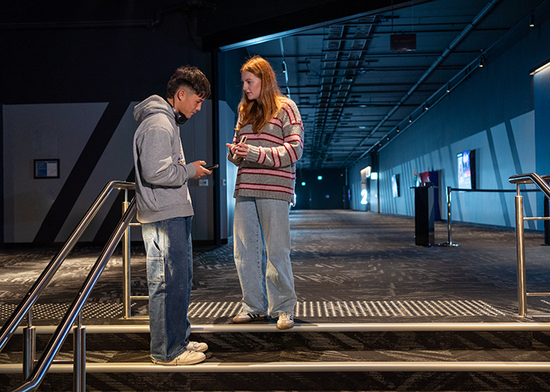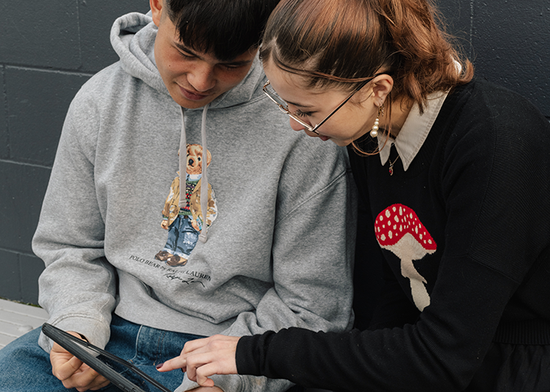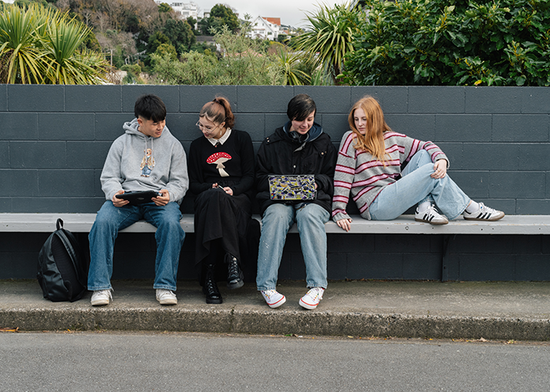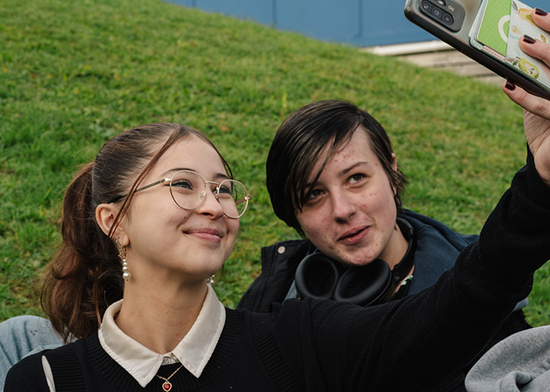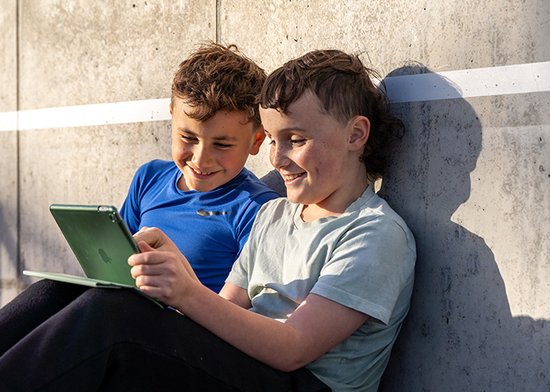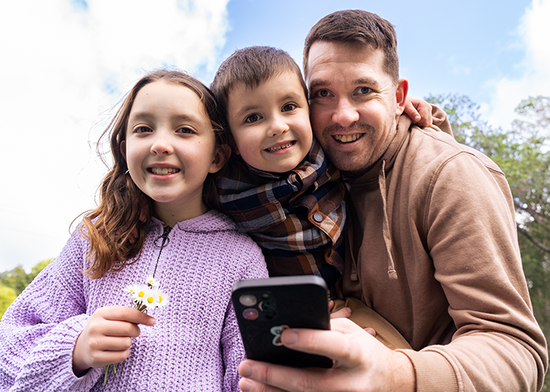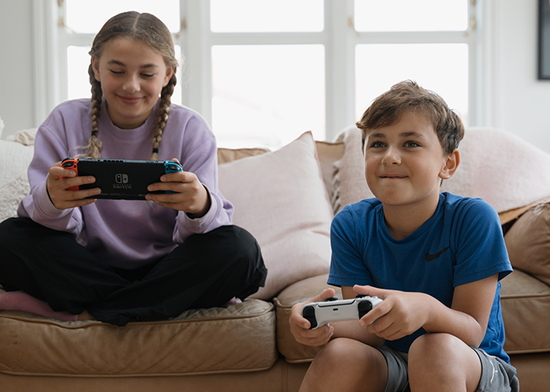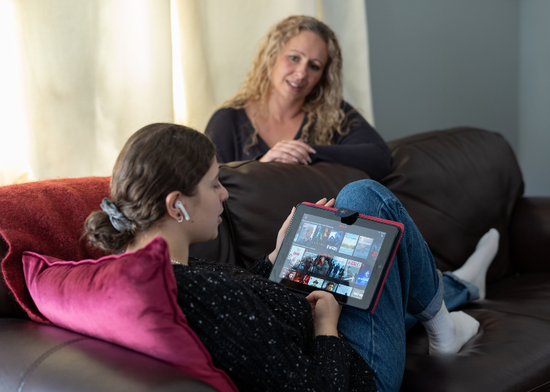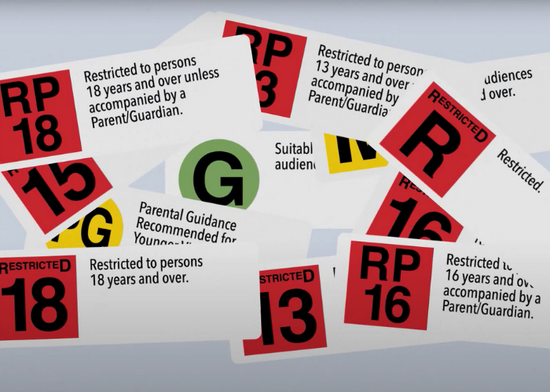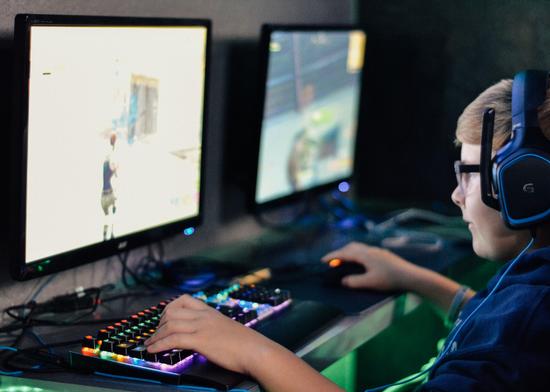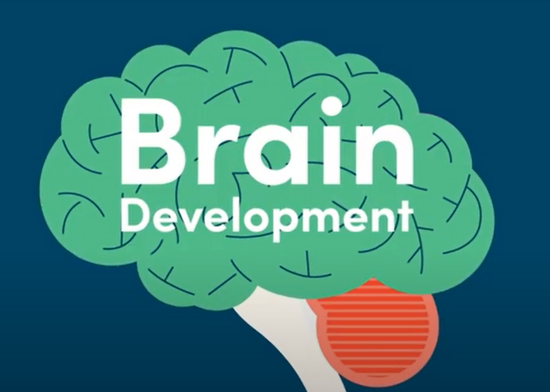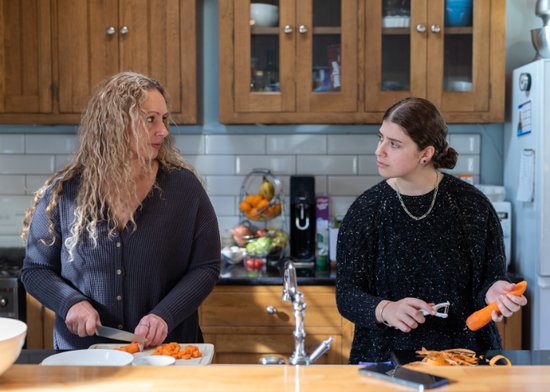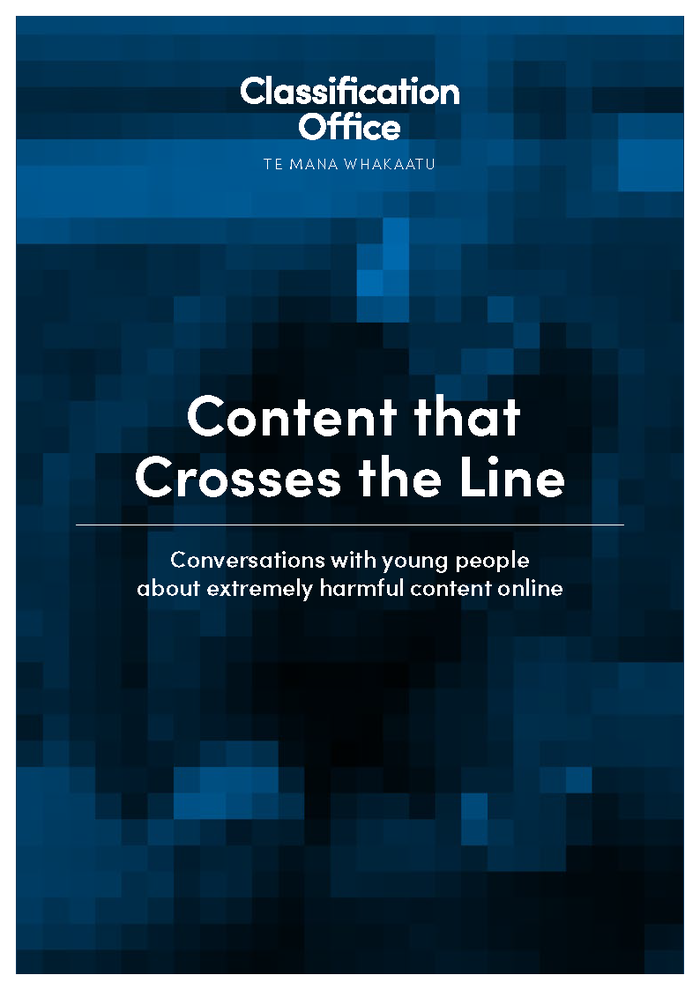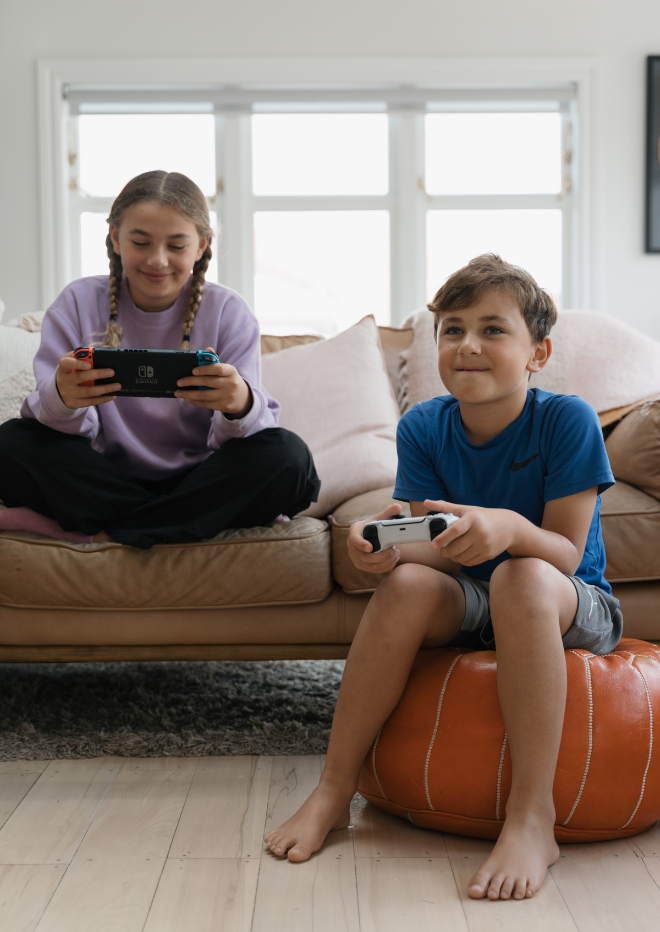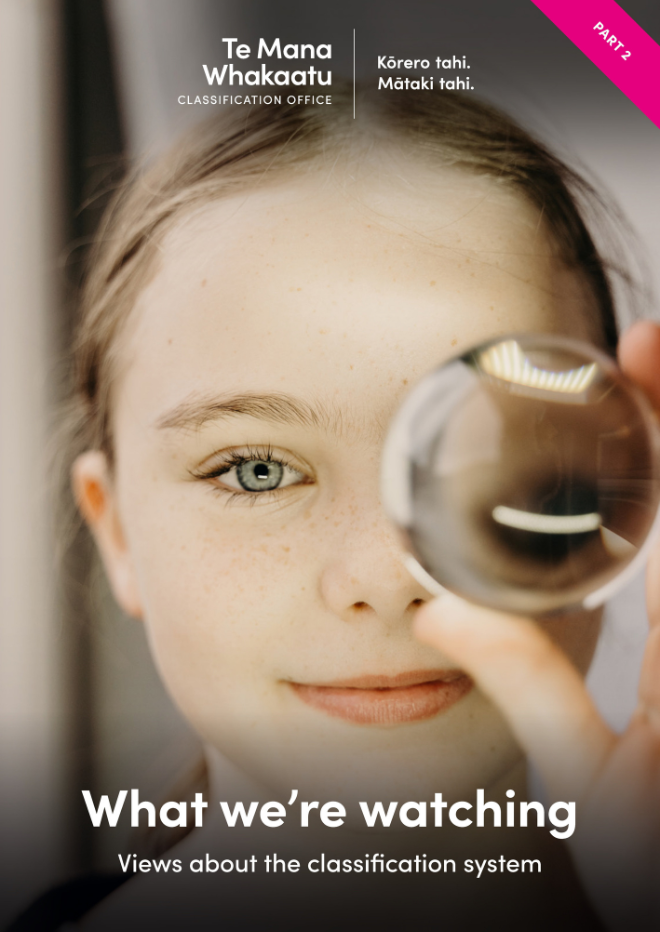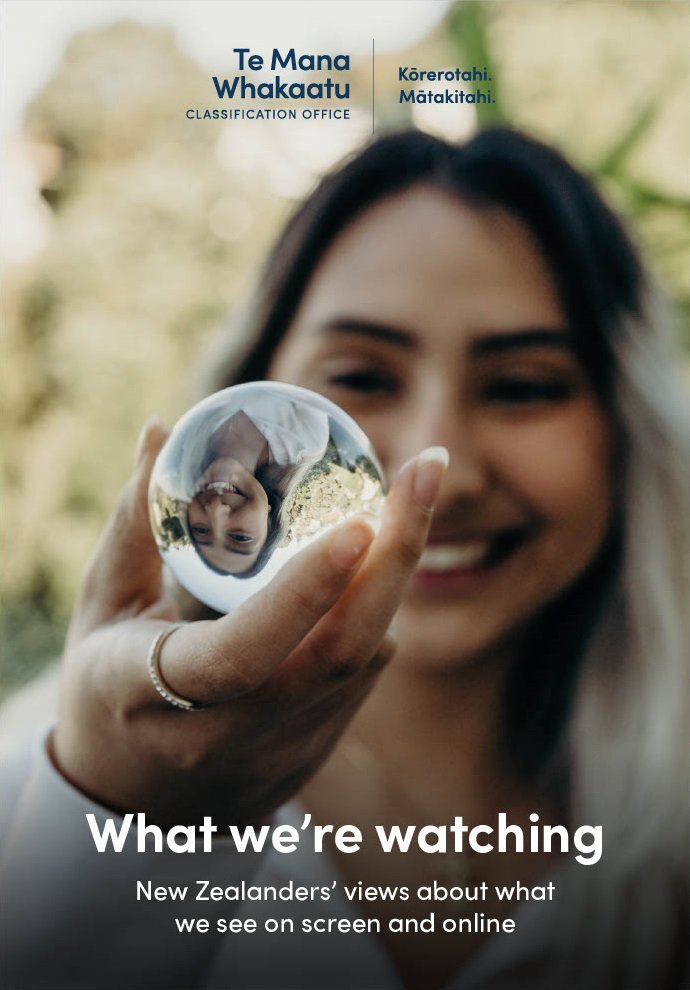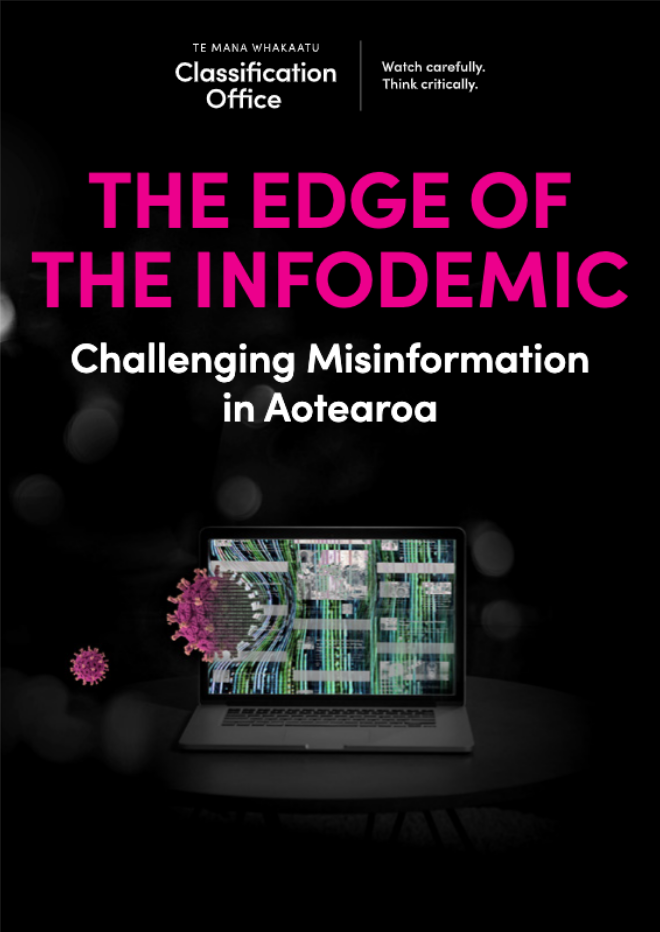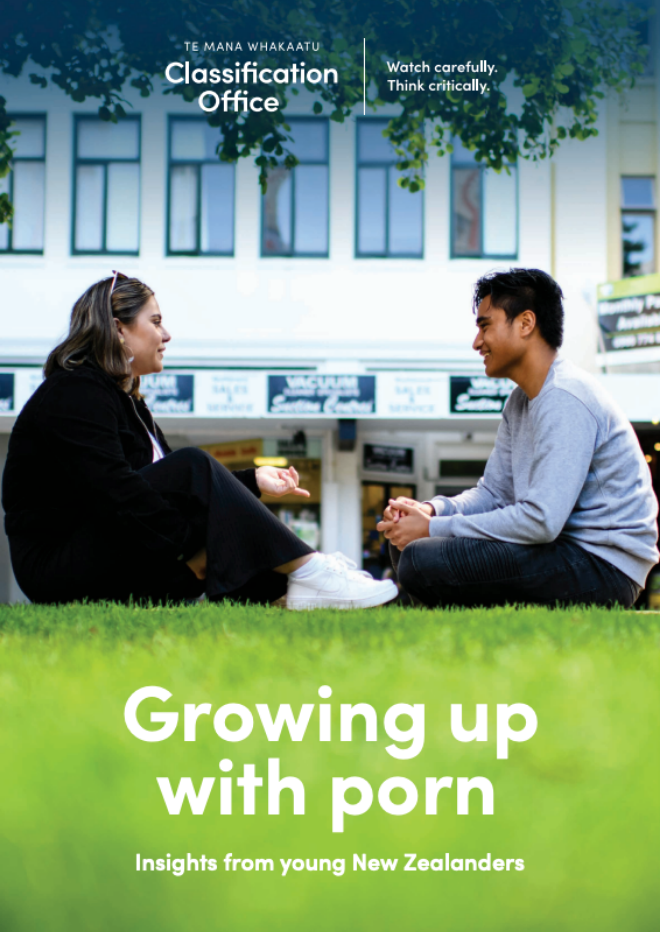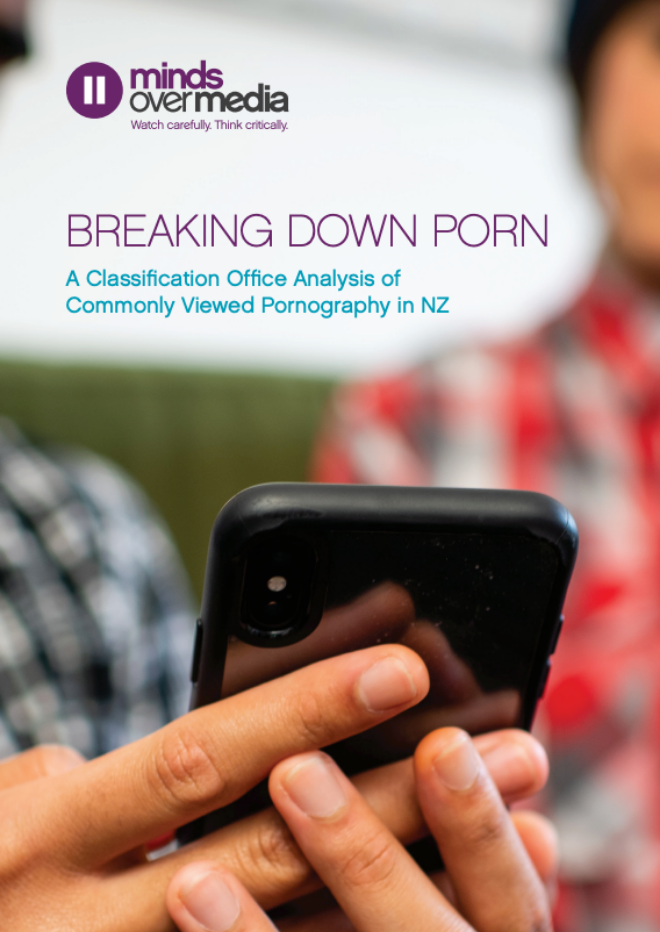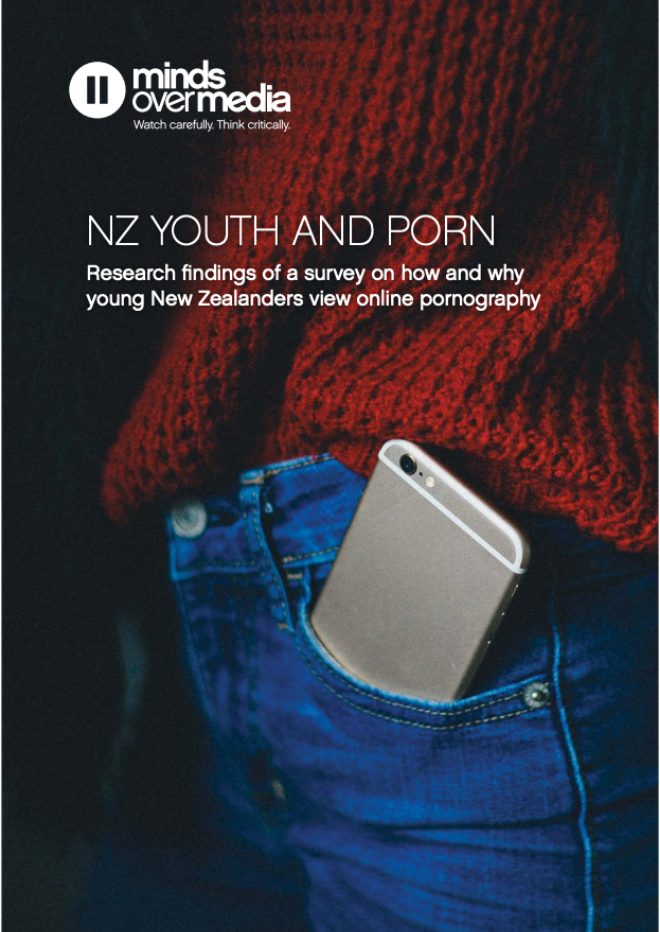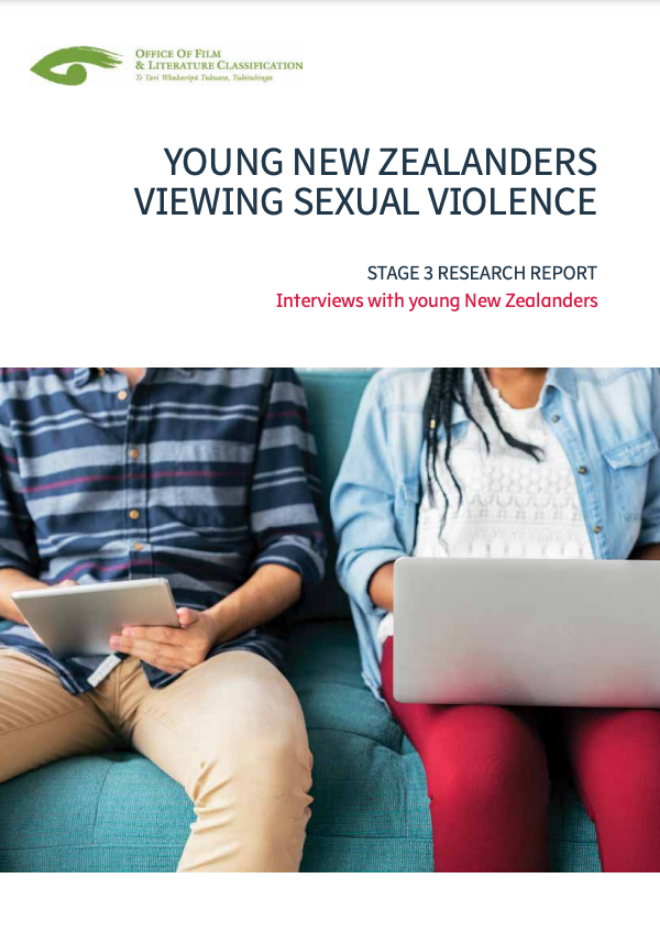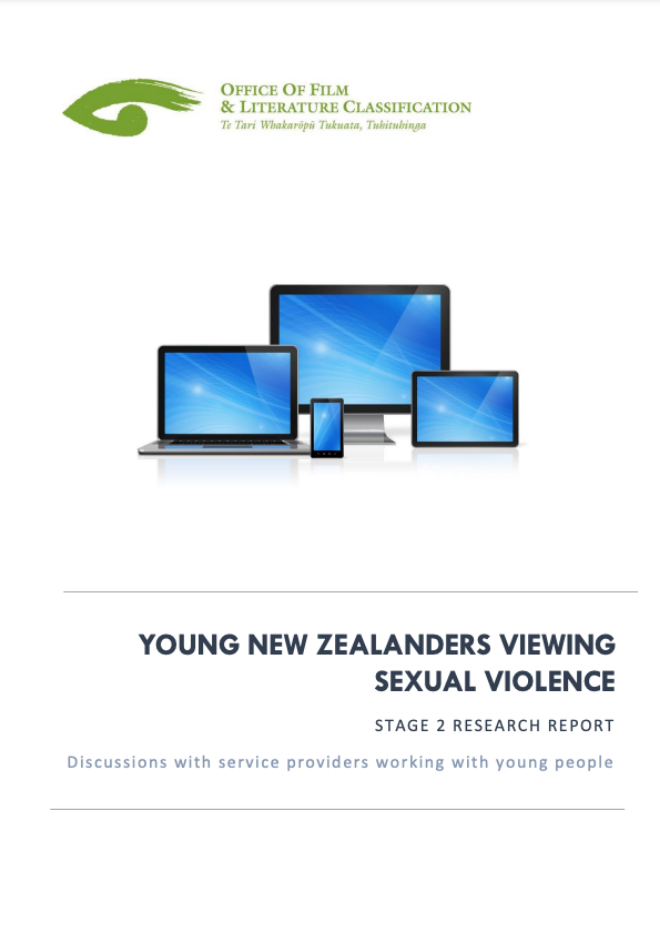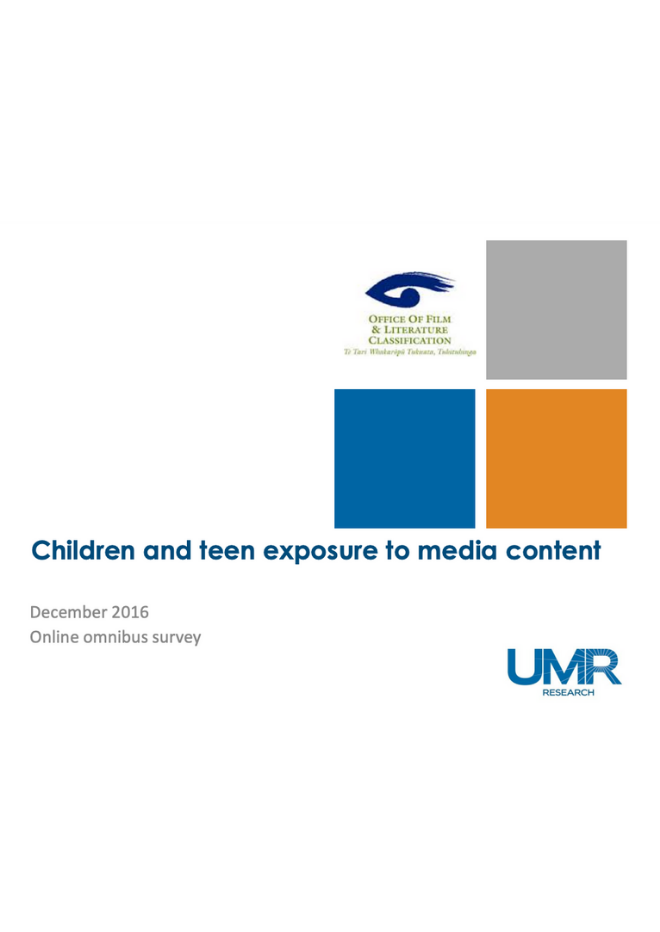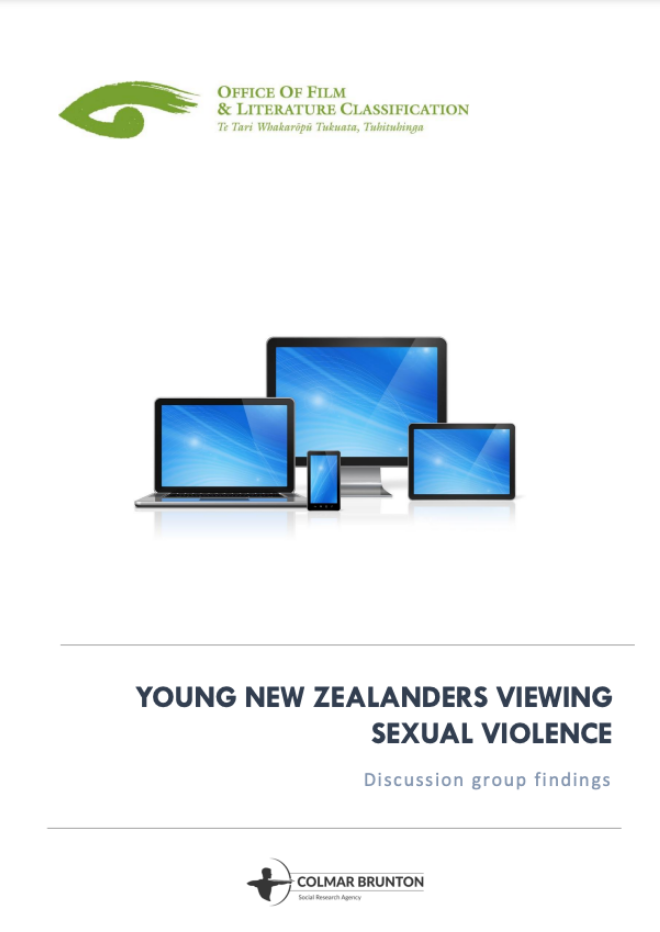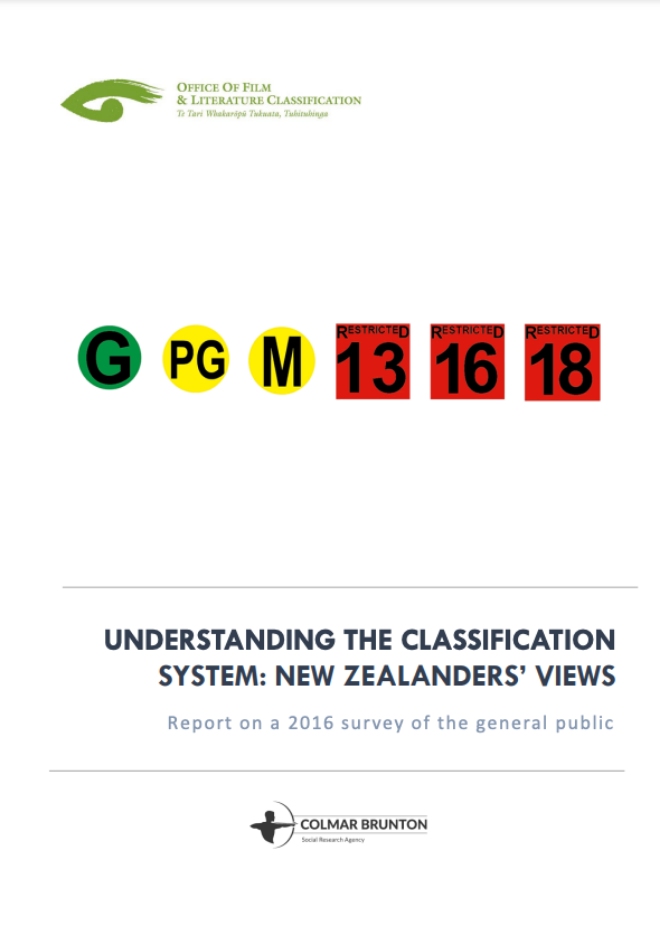Parents & whānau
Young people can access virtually any content on their devices, and they’re watching more than ever. It can be fun and educational, but there are downsides. Here's advice to keep your tamariki safe.
Resources for parents & whānau
Simple things you can do
You can’t control everything your rangatahi and tamariki see, but you can give them support and tools to deal with challenging media.
- Pay attention to what your rangatahi and tamariki are watching, reading and playing, and set boundaries together.
- Be aware of age ratings and classifications – these give important information about how scary, violent or sexual content is.
- Watch things your rangatahi and tamariki enjoy together and start conversations with them about what you see.
- Let them know they can talk to you, and keep conversations calm and open.
How to start a conversation
Talking with rangatahi and tamariki about what they see is a great way to help them think critically about what they are viewing.
- Ask what they think about something you’ve both watched.
- Ask who their favourite and least favourite characters are, and why.
- Ask their opinion on whether the movie or show was realistic.
- Ask if they think the show reinforced stereotypes, and if so, how.
- If violence was shown, ask if there are better ways of handling conflict.
We can help
Te Mana Whakaatu offers a range of in-school presentations for rangatahi, parents and those working with youth.
We provide tips, tools and practical advice about how to navigate tricky kōrero in a positive way.
Get in touch if you think your community would benefit from an in-person speaker.
People often ask
Can my child watch or play an age-restricted film or video game?
Think of the red label as a warning flag. It means there is a legal restriction in place. If your child is under the age shown on the label (for example R13, R16) the law says they cannot be supplied that item. If the label is RP(age), then you can expect that there will be material in a film that your child may need support with, and the label means you need to watch the film with them.
Restrictions are placed on a film or video game because there are levels of sex, horror, crime, cruelty, violence, self-harm or offensive language that children should not be exposed to. You can read the description on the label to find out more about the likely content of the film.
The restrictions on films and video games apply in the home as well as school, sports clubs, shops and cinemas. A parent cannot give a child permission to watch or be shown a restricted film, or to buy or play a video game, or watch a video game being played, if the child is younger than the age on the label.
Many retail outlets and cinemas ask for ID before young people can watch or buy age-restricted films and video games. Many places will not accept a parent vouching for their child's age - they still require ID. Retailers should not sell an adult a restricted item, if they believe that adult will then give it to someone under the age shown on the label.
Are ‘M’ rated films age-restricted?
No. While ‘M’ rated films indicate the content may be more suitable for older teens, it is not a legal restriction.
Why are some films and video games age-restricted?
Experts say that some content can be harmful or confusing for young minds. Also the impacts vary depending on the person. We aim to protect those who are most vulnerable – tamariki, rangatahi and those who have experienced trauma.
Can I take my baby to a restricted film?
There are no exceptions to age restrictions – it’s illegal to take underage tamariki and babies to see age-restricted films.
What ID is accepted at cinemas and retailers?
Cinemas and retailers have their own policies around what forms of ID are acceptable when it comes to proving your age. School issued student IDs are usually sufficient, but it’s best to check with them beforehand.
How are classification decisions made?
We apply an analytical framework laid out in the Films, Videos, and Publications Classification Act 1993. Click here to find out more about the classification process.
Research
Content that Crosses the Line: Conversations with young people about extremely harmful content online
In their words: conversations with young people in Aotearoa about extremely harmful online content. This consultation report shows that encountering extreme – and sometimes illegal or banned – material is part of life online for many rangatahi.
What We're Watching – 2023 Snapshot
This national survey, which asked New Zealanders about their attitudes towards classification, highlighted the public’s desire for more information about the challenging topics that are appearing on our screens.
What We're Watching: Part 2
This report includes findings from research conducted in early 2022 which were not included in our initial What We're Watching report. It includes further details about New Zealanders' views on age ratings, the classification system, and the role of the Classification Office.
What We're Watching
Harmful content both online and offline is reaching New Zealanders and causing real concern, particularly for children and young people. This research asked people from around the country about what they're watching and what concerns they had about it.
The Edge of the Infodemic
New Zealanders are worried about the growing spread of misinformation and the harm it is causing our communities. No one is immune from misinformation: this nationally representative survey of more than 2,000 people aged 16 years and over found that just about everyone is affected in some way.
Growing Up with Porn
From more than 50 interviews with a diverse group of young New Zealanders aged 14-17, we found that rangatahi were not getting guidance from trusted adults in their lives when it comes to tackling tough subjects like porn, sex, relationships and consent.
Breaking Down Porn
We know young people are using porn as a way to learn about sex, and that is concerning. We wanted to understand what New Zealanders are watching, so we harvested the top 200 most viewed videos from Pornhub over the past year.
NZ Youth and Porn
What is the size and scope of pornography use by young New Zealanders? Why do young people view pornography and how does it make them feel? What behaviours do young people see in pornography and how do they perceive these behaviours? What are the main ways young people learn about sex?
Young New Zealanders Viewing Sexual Violence - Stage 3
Our research and consultation project explored the effects of viewing sexual violence in mainstream commercial media such as movies, TV shows and games. Stage 3 involved 24 interviews with 48 young people.
Young New Zealanders Viewing Sexual Violence - Stage 2
Our research and consultation project explored the effects of viewing sexual violence in mainstream commercial media such as movies, TV shows and games. Stage 2 involved participants from 20 different including NGOs, government officials, academics and others.
Children and Teen Exposure to Media Content
We commissioned UMR to survey New Zealanders about media content. Results indicate there is widespread public concern about content such as sex and violence in entertainment media, particularly amongst parents. The results support previous research showing the importance of classifications.
Young New Zealanders Viewing Sexual Violence - Stage 1
Our research and consultation project explored the effects of viewing sexual violence in mainstream commercial media such as movies, TV shows and games. Stage 1 of the research involved a number of focus groups with teenagers.
Understanding the Classification System: New Zealanders' Views
This representative survey of 1,000 people found that New Zealanders continue to have a high level of trust in the classification system, despite a rapidly changing entertainment media environment.
